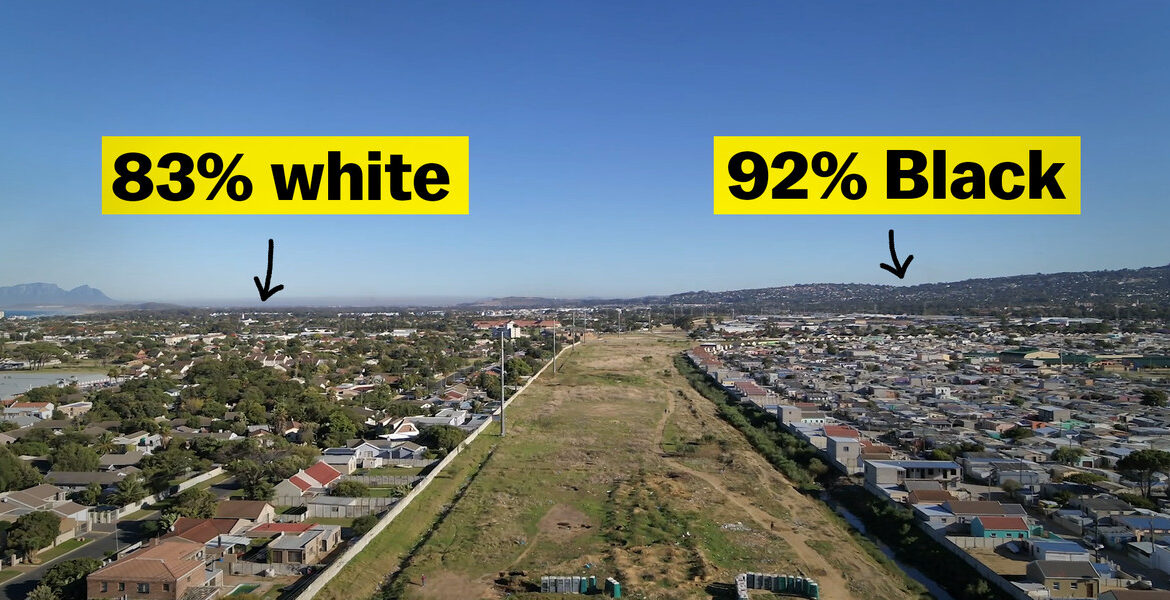Why is South Africa still so segregated?
South Africa’s enduring state of segregation can be attributed to a combination of historical legacies, socio-economic disparities, and persisting spatial inequalities. Despite the dismantling of the apartheid regime and the establishment of a democratic government in 1994, the effects of decades of institutionalized racial segregation continue to shape the country’s socio-political landscape.
One of the primary factors contributing to ongoing segregation is the legacy of apartheid-era spatial planning. The Group Areas Act of 1950 systematically divided residential areas along racial lines, forcibly relocating non-white communities to designated townships and areas while reserving prime locations for white occupancy. Although apartheid laws were officially abolished, the spatial patterns established during that era persist, with predominantly black and colored communities continuing to reside in marginalized townships and informal settlements characterized by inadequate infrastructure, limited access to services, and economic marginalization.
Economic disparities further exacerbate segregation in South Africa. Historical injustices, such as land dispossession and discriminatory labor practices, have resulted in enduring inequalities in wealth and income along racial lines. As a consequence, many black South Africans still face barriers to accessing quality housing, education, healthcare, and employment opportunities. These disparities are often reinforced by spatial segregation, as disadvantaged communities are geographically isolated from economic hubs and centers of opportunity.
Government policies and planning decisions have also played a role in perpetuating segregation. Despite efforts to promote spatial integration and inclusive urban development, inadequate urban planning, insufficient investment in infrastructure and services, and bureaucratic inefficiencies have hindered progress towards creating more equitable and integrated cities. Moreover, the legacy of apartheid-era planning regulations, such as zoning laws and development controls, continue to influence spatial dynamics and perpetuate segregation in urban areas.
Social factors, including entrenched racial attitudes and perceptions, also contribute to ongoing segregation in South Africa. Despite significant strides towards reconciliation and nation-building since the end of apartheid, racial prejudice and discrimination persist, shaping patterns of residential choice, social interaction, and community formation. These attitudes, coupled with economic inequalities and historical grievances, contribute to the perpetuation of segregated living patterns and social divisions within South African society.
In conclusion, South Africa’s persistent state of segregation is the result of a complex interplay of historical, socio-economic, political, and social factors. Addressing these entrenched inequalities requires comprehensive and multi-faceted strategies aimed at promoting inclusive development, tackling economic disparities, challenging discriminatory attitudes, and fostering social cohesion. Only through concerted efforts to address the root causes of segregation can South Africa realize its vision of a truly inclusive and united society.

